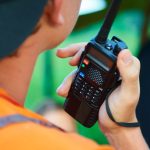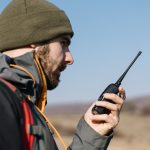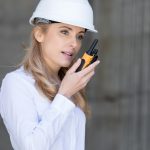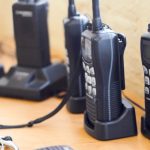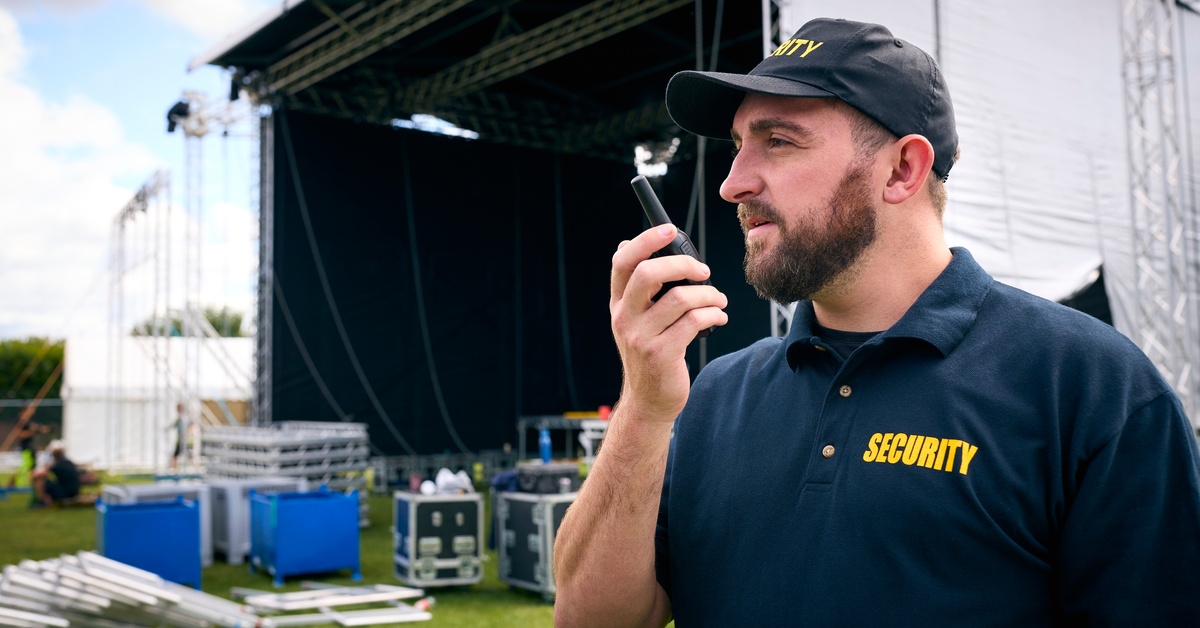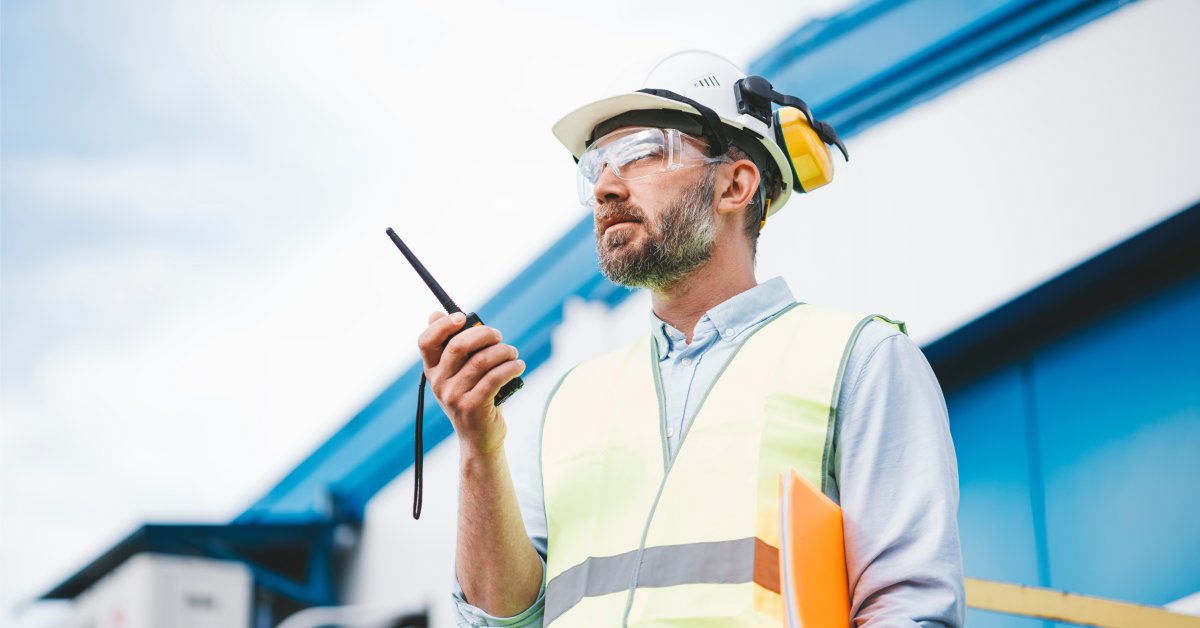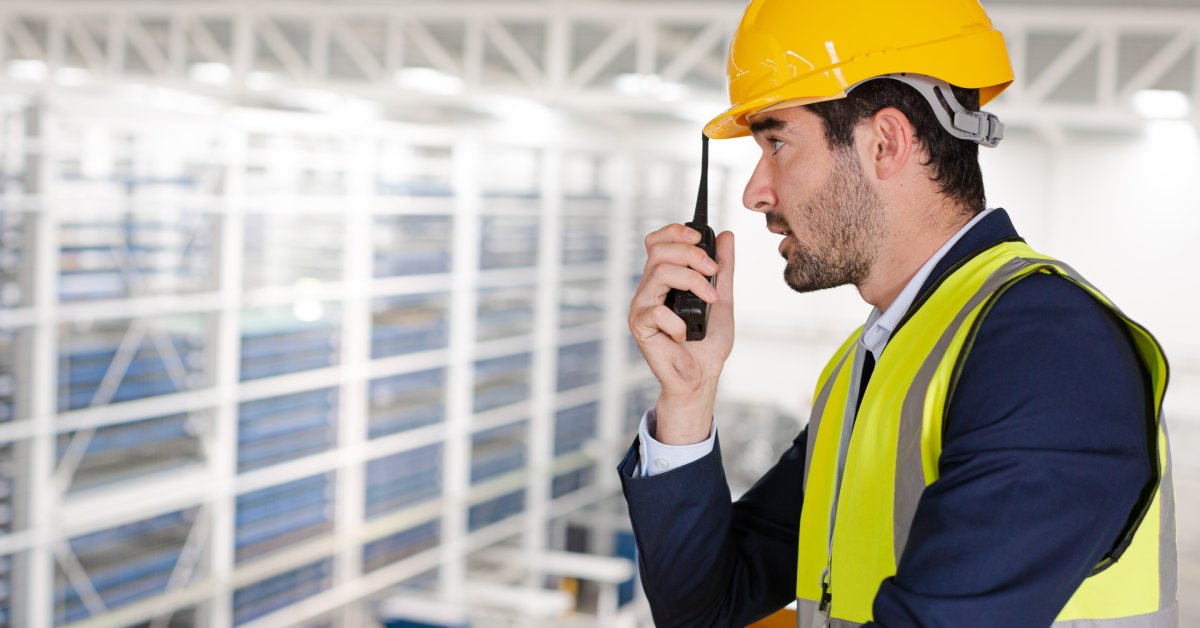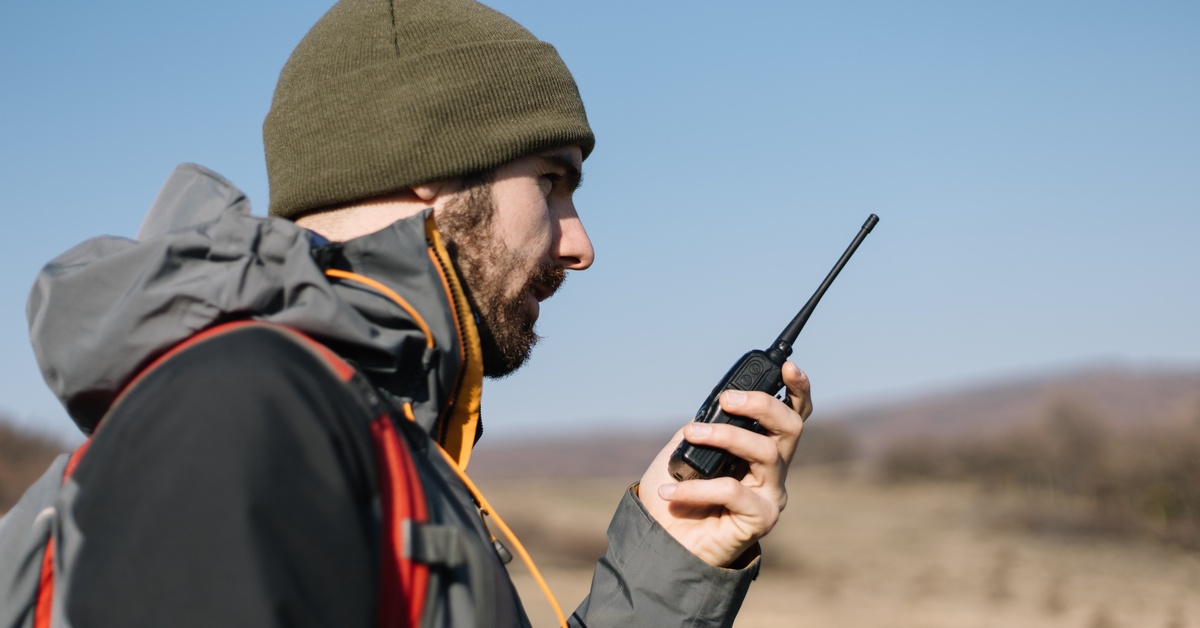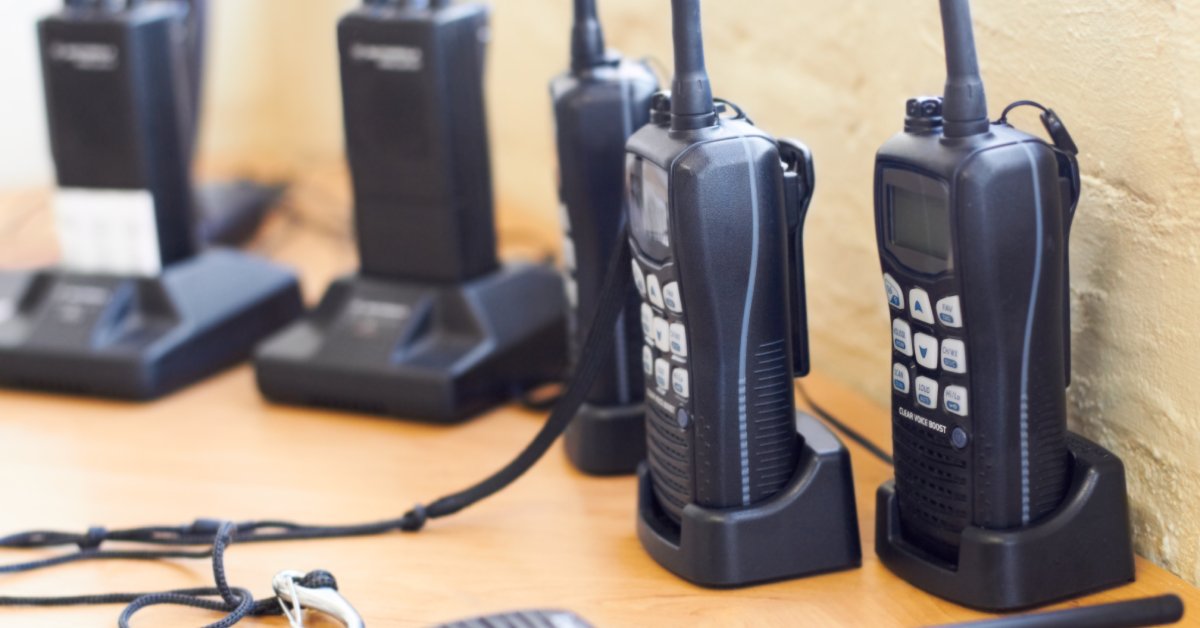Managing security at events involves numerous moving parts, from monitoring entry points to maintaining crowd control, implementing emergency responses, and coordinating team efforts. Communication is at the heart of making it all run smoothly. Without reliable communication tools, even the most meticulously planned events can experience chaos.
This is where two-way radios have become an indispensable asset for security teams. They provide instant, effective communication channels that help ensure the safety of everyone involved.
From music festivals to corporate conferences, understanding the role of two-way radios in event security management can be the difference between a well-executed event and one riddled with lapses. This guide explains the benefits of two-way radios, their key features, and best practices for effective radio use in event security.
Understanding Two-Way Radios in Event Security
Two-way radios are portable devices that let users send and receive voice messages over designated radio frequencies. Unlike cell phones, which rely on cellular networks, two-way radios use independent frequencies that are particularly useful in environments with limited or no network coverage.
These devices are ideal for real-time, direct communication without delays, making them well-suited for event security teams. Security personnel can keep an open channel of communication with colleagues, supervisors, and support staff, immediately relaying critical instructions or updates without any reliance on external infrastructure. Their simplicity and reliability make these radios particularly effective in fast-paced scenarios requiring rapid coordination, such as emergencies or high-attendance events.
The Benefits of Using Two-Way Radios for Event Security
Effective communication is essential for maintaining safety and order during events of any size. With so many benefits, two-way radios offer a dependable and efficient solution for seamless coordination among event security teams.

Immediate Communication
One of the primary strengths of two-way radios is their ability to deliver immediate and uninterrupted communication. This can be particularly essential in sensitive situations, such as controlling unruly crowds or responding to medical emergencies. Security teams depend on swift execution, and two-way radios bridge the gap between decision-making and action.
Durability
Durability is another significant advantage. Designed to withstand tough conditions, these devices often survive accidental drops, inclement weather, and other demanding scenarios that might render other communication tools ineffective. This ruggedness is especially beneficial during outdoor events or long-duration gatherings.
Cost Efficiency
These devices also offer cost efficiency in security management. Unlike cell phones that involve contracts, data plans, and potential overage fees, two-way radios are often a one-time investment, making them budget-friendly for both small- and large-scale events. Their ability to operate independently of cellular towers further saves on costs since there are no usage-based expenses.
Scalability
Scalability is an additional benefit, allowing multiple team members to connect seamlessly. Instead of holding individual conversations, security managers can issue a single instruction to an entire team. This feature is particularly valuable during emergencies when every second counts and team synchronization is crucial.
Dedicated Channels
Two-way radios excel in environments where mobile networks might falter. High attendance often results in overburdened cell towers, rendering phones ineffective. Two-way radios bypass this by operating on closed, dedicated channels.
Features To Look For in Two-Way Radios
When selecting two-way radios for event security, prioritizing key features ensures they align with the demands of the event.
Battery Life
One essential feature is robust battery life. Security personnel often work extended shifts, and the last thing anyone needs is a communication blackout caused by a dead device. Radios equipped with extended battery life and easy rechargeability are a smart choice.
Audio Quality
Another must-have is clear audio quality. Events are often noisy environments, filled with music, announcements, and the buzz of attendees. Two-way radios with advanced noise reduction capabilities help eliminate background noise, providing communication that is audible and precise.
Range
Range is another critical consideration. The effectiveness of two-way radios depends on their ability to maintain a strong signal across wide venues. Whether the event covers a large outdoor area or multiple indoor floors, making sure your radios have sufficient range is pivotal to avoiding inaccessible zones.
Durability
Durability also plays a crucial role, especially for outdoor events or situations where devices may encounter tough conditions. Devices that are dustproof, waterproof, and shock-resistant provide added peace of mind.
Privacy
Channels and privacy settings provide additional flexibility in communication. Radios with multiple channels allow teams to create dedicated lines for specific security functions, ensuring streamlined conversations. Adding encryption or secure channel options means sensitive information stays protected.

Best Practices for Effectively Using Two-Way Radios
Effective use of two-way radios in event security hinges on proper preparation and adherence to certain practices.
Training the Security Team
Training the security team on how to use the devices is the first step. While two-way radios are relatively simple, verifying that your team understands basic functionalities, such as switching channels or controlling the volume, can prevent last-minute confusion.
Assigning Clear Roles and Channel Codes
Assigning clear roles and channel codes is the next step to avoiding communication chaos. Providing specific groups, such as medical teams, entrance staff, and emergency coordinators, with dedicated channels enhances clarity and reduces overlaps in communication.
Maintaining Brevity
Another best practice is maintaining brevity in messages. The nature of two-way radio communication necessitates concise messages with clear instructions. Prolonged or ambiguous conversations can block important transmissions from coming through.
Checking Battery Levels
Performing regular checks on battery levels and making sure backup radios are ready in case of failures add another layer of preparedness. Designating portable charging stations for radios can be a practical solution for long-duration events.
Practicing Radio Etiquette
Fostering familiarity with radio etiquette among team members ensures smoother usage. Basic practices, such as saying “over” to indicate the end of speech or refraining from speaking when others are talking, reduce potential miscommunication.
Enhancing Event Security With Two-Way Radios
Understanding the role of two-way radios in event security management enables security teams to stay connected, coordinate better, and respond faster. Their durability, cost efficiency, and signal reliability make these devices a preferred choice at events of any scale, from intimate gatherings to global conferences.
Implementing thoughtful practices like training and channel assignments enhances their benefits further. By investing in the right two-way radios and equipping your team with the tools and knowledge they need, you set up your event for seamless safety and success.
If you’re interested in communication technology that can elevate your next event, check out Battery Distributors’ selection of handheld radio batteries. With the right preparation and reliable two-way radios, your team can handle any challenge, keeping attendees safe and supported at every step. Trust Battery Distributors for all your two-way radio battery supply needs.



